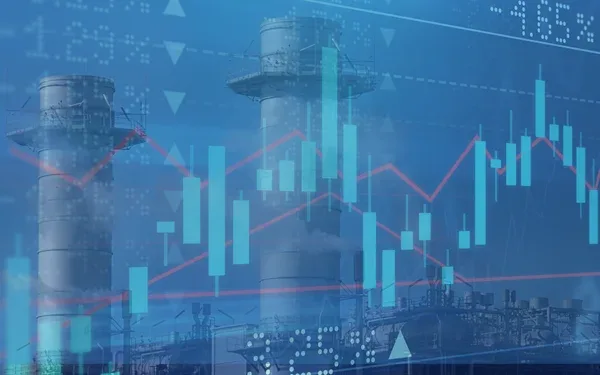Locating solar and storage together – a value proposition

The California Independent System Operator (ISO) is working to help meet the state’s clean-energy goals to generate electricity in a carbon-neutral way by 2045. Broad plans to meet this goal call for huge injections of new renewable resources – think wind and solar – to replace the existing natural gas fleet that California has relied on for years to serve load. In addition, these plans call for significant amounts of storage to ensure that renewable energy generated is available when needed to meet demand.
Work towards these goals has been well underway for some time. But just in 2021 alone, the ISO experienced an influx of new storage projects, totaling about 2,000 megawatts (MW), integrating them onto the bulk electricity system. Storage is inherently well-suited for the California markets because it can absorb the state’s already abundant solar output in the middle of the day and discharge during the evening when the grid is most stressed.
California is at the forefront of a transition to clean, renewable energy sources and the ISO system has more energy storage connected to its grid than anywhere in the country. Many of these new storage resources are being installed at the same location as existing solar or, in some cases, alongside new solar development. This concept is attractive because it allows developers to charge storage resources more efficiently and use the same points of interconnection to the grid.
With on-site storage located alongside solar generation, solar energy can be injected directly to the storage resources and lose less power than if charged as a stand-alone project. Further, solar resources use interconnection capacity to inject energy onto the California grid during the hours when the sun is shining. Storage resources find it optimal to inject energy onto the grid when prices are highest, which is typically during hours when very little or no solar is being produced. This configuration allows these projects to need smaller assets for the physical interconnection onto the grid than stand-alone projects, resulting in significant capital savings during project development.
The ISO has two models to accommodate different technologies at the same location – the hybrid resource model and the co-located resource model. From the perspective of the ISO, the co-located model allows the underlying resources to be represented individually and take advantage of tools available to each of the underlying resources. For example, the ISO tracks state of charge for storage resources, or monitoring how much charge a battery storage resource holds. The ISO also uses forecasts when dispatching renewable resources.
The hybrid model is different, and treats the underlying generation technologies as a black box. Operators of these resources are still required to respond to dispatch instructions from the ISO, but have the latitude to manage their resources in a way that works best for them.
In 2021, the ISO implemented new features to help manage co-located resources participating in the market. These new market features ensure that dispatch instructions from the ISO do not exceed studied operating limits. This spring, the ISO will provide additional enhancements for hybrid resources so that they can alert the ISO to changes in available output in the real-time market. This will help align dispatch instructions from the ISO to hybrid resources during times when renewable output is volatile or periods when storage components are fully depleted or fully charged.
The ISO is currently developing policy for additional enhancements to these models. One objective is to implement new tools to allow these facilities to better capture federal investment tax credit programs by controlling flow from the grid to the facility. The ISO goal for this policy is to foster market rules that accommodate many resource agreements that are in place today.
The ISO anticipates continued rapid growth and deployment of storage resources and storage paired with renewables over the next few years. In 2023, for example, we expect about 2,000 megawatts of additional storage resources, and continued rapid development in future years as the state continues to advance toward clean energy goals.
For more information on this growing trend, you can visit the ISO’s Hybrid Resources Initiative webpage, and view a Storage Resources training presentation at our Learning Center.


